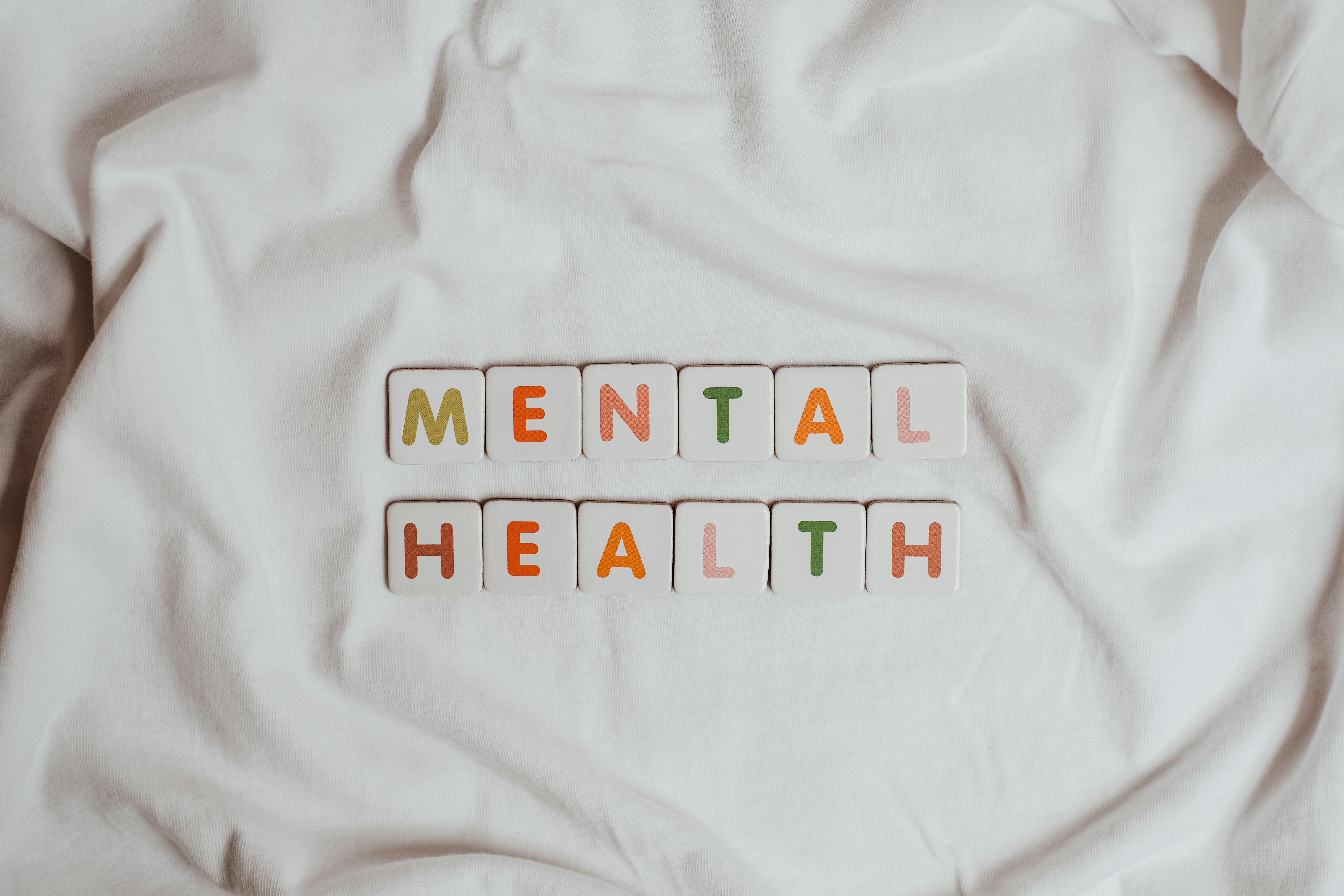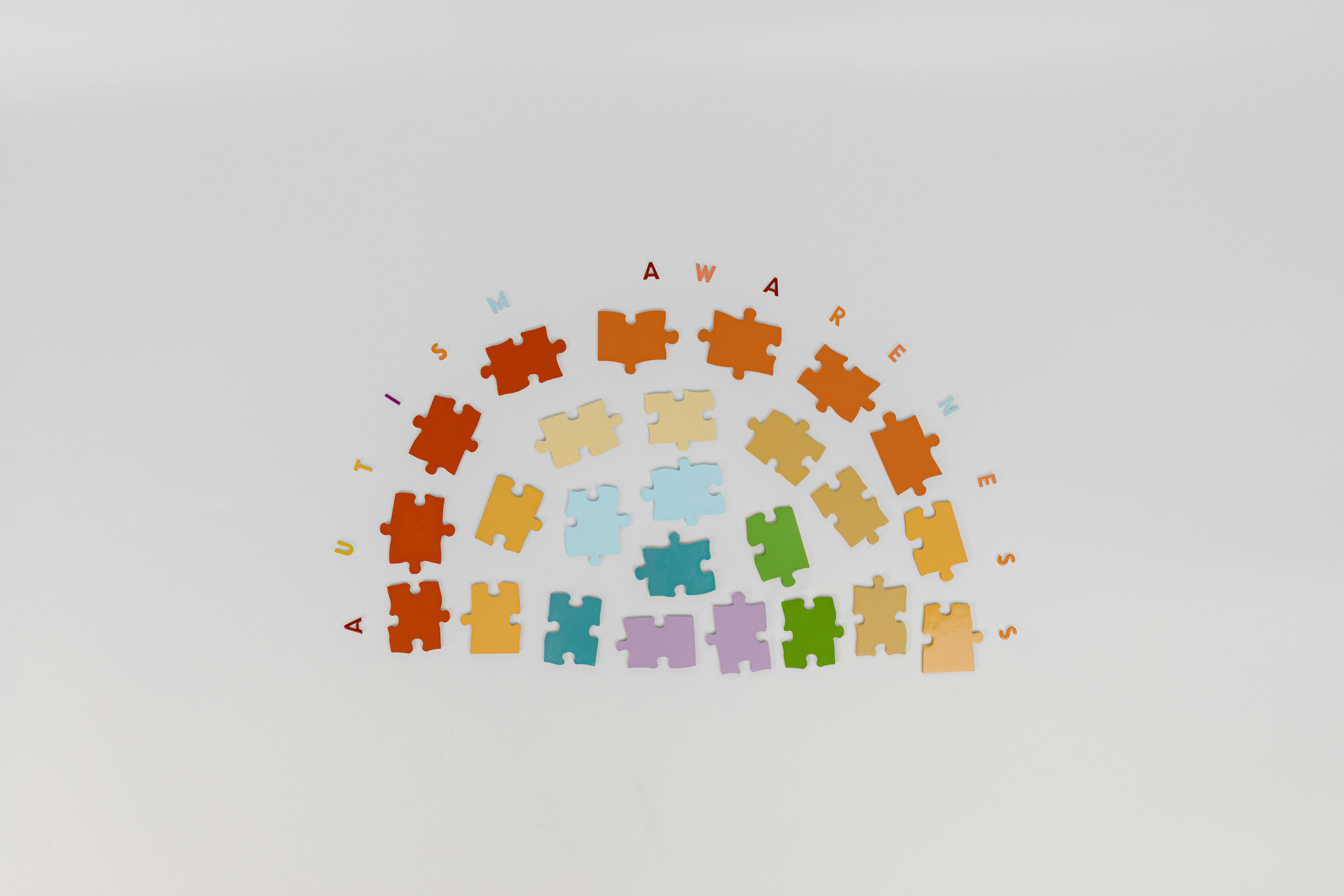You’re a car cruising down the highway of life. The road stretches endlessly before you, and you’ve got your foot firmly on the gas. You’re making great time, ticking off milestones left and right. But there’s a problem – you forgot to check your fuel gauge. Suddenly, your engine sputters, and you coast to a stop, stranded in the middle of nowhere. Welcome to Burnout City, population: way too many of us.
Burnout isn’t just feeling tired after a long week. It’s a state of chronic physical and emotional exhaustion, often accompanied by cynicism and a sense of ineffectiveness. It’s the result of prolonged exposure to high levels of stress, and it’s become so prevalent that the World Health Organization has officially recognized it as an occupational phenomenon.
But here’s the good news: burnout isn’t a life sentence. With the right strategies, you can not only recover from burnout but also build resilience to prevent it from happening again. So, let’s fill up that tank and get you back on the road to wellness.
The Anatomy of Burnout: More Than Just Feeling Tired
Before we dive into solutions, let’s understand what we’re dealing with. Burnout isn’t just a bad day or week – it’s a chronic condition that develops over time. Dr. Christina Maslach, a pioneer in burnout research, identifies three key components:
- Exhaustion: Feeling physically, emotionally, and mentally drained.
- Cynicism: Developing a negative, detached attitude towards work.
- Inefficacy: Feeling incompetent and unproductive.
Interestingly, a study published in the journal “PLOS One” found that up to 69% of workers experience burnout symptoms. That’s more than two-thirds of the workforce! But don’t worry, you’re not doomed to join this statistic.
The Burnout Prevention Toolkit: Strategies to Keep Your Fire Burning
1. Set Boundaries Like Your Well-being Depends on It (Because It Does)
In our always-on digital world, the line between work and personal life has become a blur. It’s time to break out the Sharpies and draw some clear boundaries.
Try this:
- Set specific work hours and stick to them. When you’re done, be done.
- Create a dedicated workspace. If you work from home, this is crucial. Your bed is for sleeping, not for answering emails at midnight.
- Learn to say no. Remember, “No” is a complete sentence.
A study in the Journal of Occupational Health Psychology found that employees who set clear boundaries between work and personal life reported lower levels of exhaustion and higher job satisfaction.
2. Prioritize Sleep: Your Brain’s Nightly Reset Button
Sleep isn’t a luxury; it’s a biological necessity. During sleep, your brain clears out toxins, consolidates memories, and recharges your mental batteries.
Here’s how to optimize your sleep:
- Stick to a consistent sleep schedule, even on weekends.
- Create a relaxing bedtime routine. Maybe it’s reading a book, doing some light stretching, or listening to calming music.
- Make your bedroom a sleep sanctuary. Keep it dark, quiet, and cool.
A study published in Nature Neuroscience found that sleep deprivation can lead to a 60% increase in activity in the amygdala, the brain’s emotion center. In other words, lack of sleep can make you more reactive to stress. So hit that snooze button – doctor’s orders!
3. Move Your Body
Exercise isn’t just good for your physical health; it’s a powerful antidote to stress and burnout. Physical activity releases endorphins, reduces the body’s stress hormones, and improves mood.
Don’t worry; you don’t need to become a gym rat. Try these:
- Take a brisk 30-minute walk during your lunch break.
- Do some yoga or stretching exercises when you wake up.
- Have a dance party in your living room. (Bonus: it’s fun and no one’s watching!)
A study published in the Journal of Occupational Health Psychology found that employees who exercised regularly reported feeling more confident in handling work-related stress.
4. Practice Mindfulness
Mindfulness isn’t about achieving a state of zen-like calm (although that would be nice). It’s about being present in the moment, without judgment. This can help reduce stress and increase your ability to focus.
Try this simple mindfulness exercise:
- Set a timer for 5 minutes.
- Close your eyes and focus on your breath.
- When your mind wanders (and it will), gently bring your attention back to your breath.
- Repeat until the timer goes off.
A study in the Journal of Occupational Health Psychology found that a brief mindfulness intervention significantly reduced burnout symptoms among teachers.
5. Foster Meaningful Connections
Humans are social creatures. We thrive on connection. But in our increasingly digital world, it’s easy to feel isolated, even when we’re surrounded by people.
Make an effort to nurture your relationships:
- Schedule regular check-ins with friends and family.
- Join a club or group related to your interests.
- Volunteer for a cause you care about.
Research published in the Journal of Applied Psychology found that social support at work was negatively associated with emotional exhaustion, a key component of burnout.
Healing from Burnout
If you’re already in the throes of burnout, don’t despair. Recovery is possible, but it requires intentional action and often, some lifestyle changes.
1. Acknowledge the Problem
The first step to solving any problem is admitting you have one. Recognize that you’re experiencing burnout and that it’s okay to not be okay.
2. Take a Break
If possible, take some time off. A study in the Journal of Applied Psychology found that vacations can lead to decreased exhaustion and increased job performance upon return.
3. Reassess Your Priorities
Use this time to reflect on what’s truly important to you. Are your current commitments aligned with your values and goals?
4. Seek Professional Help
Don’t hesitate to talk to a mental health professional. They can provide strategies tailored to your specific situation.
5. Make Sustainable Changes
As you recover, implement the prevention strategies we discussed earlier. Remember, the goal isn’t just to recover from burnout, but to build resilience against future occurrences.
Conclusion: Prioritize Your Well-Being
Remember, you’re not a smartphone that needs to be “on” 24/7. You’re a human being with complex needs and limitless potential. In the end, success isn’t about how hard you push yourself—it’s about how well you maintain your well-being in the process.
As the ancient Greek philosopher Aristotle said, “We are what we repeatedly do. Excellence, then, is not an act, but a habit.” So take small steps today to protect yourself from burnout tomorrow.
Recover from burnout with Hapday, Your Wellbeing Assistant
Join the millions of people using Hapday. Improve overall wellness & sleep.




